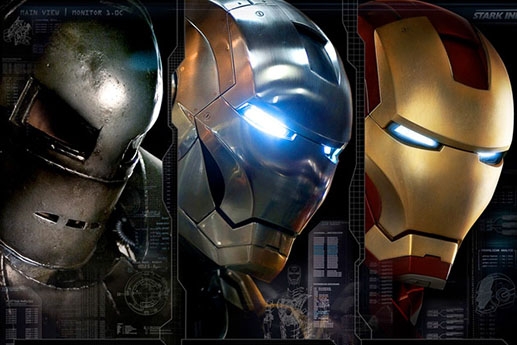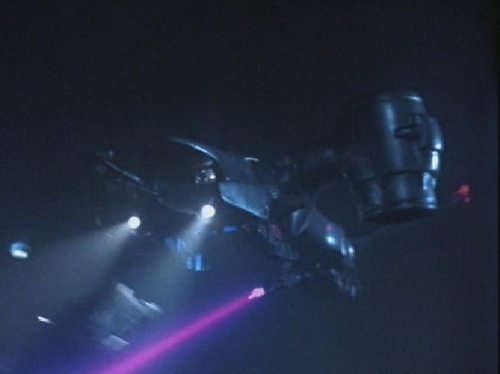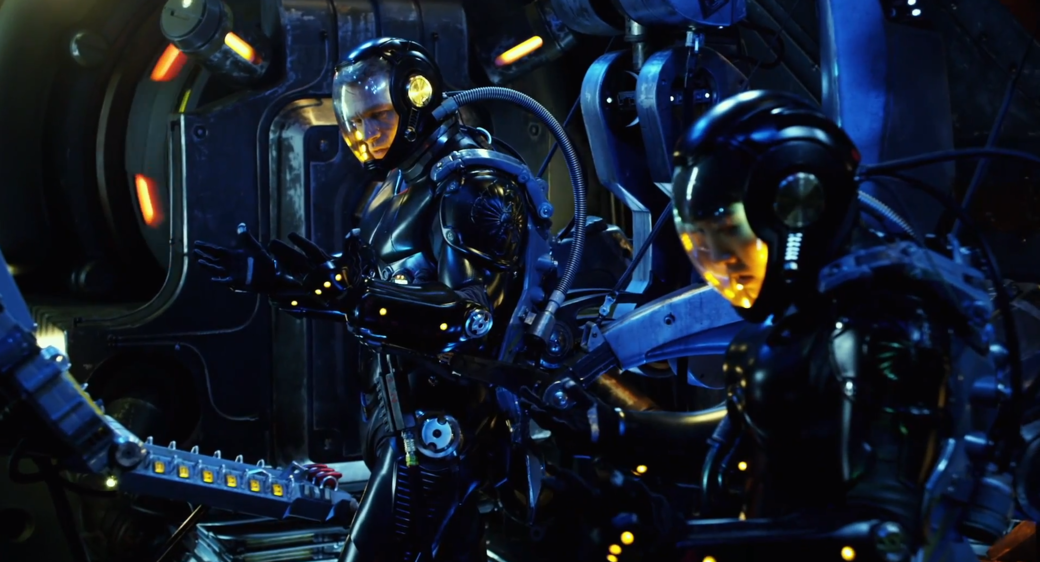
Putting the “Science” in “Science Fiction” – Iron Man 2
I have discussed Marvel’s armored superhero Iron Man, and the current attempts to create working robotic exoskeletons and suits of powered armor that mirrored his signature suit. I examined several models of exoskeleton that were already in production, and discussed possible uses for this technology if it became ready for mass production. This is a field of research that is still receiving a great deal of attention and funding, as a suit of armor that enhanced the user’s strength and endurance would have almost unlimited applications. If the suit came with additional technology, like Iron Man’s suit does, it would have the potential to change transportation, warfare, search and rescue, construction and – yes! – the medical field.
While the idea of using exoskeletons in hospitals may seem strange, these could be used to help move patients more safely and easily while providing benefits in physiotherapy. One model that was suggested was the HAL or Hybrid Assistive Limb, created by Cyberdyne of Japan.
Cyberdyne has continued improving its design and recently made a historic announcement. A modified version of the HAL exoskeleton has become the first system to receive a global safety certificate, enabling its export and public sale. The international safety board for personal robots was created specifically for HAL and similar systems. The safety board is so new that it is still in the draft stages, as the HAL is the first such system to become commercially viable, and changes to the certification will probably be necessary as other systems become available.

http://gizmodo.com/5060379/hal-robot-exoskeletons-available-for-rent
The original HAL system was a full body suit, but the newer model that has been certified consists of only the leg portion. This may seem like a step backwards, but since this model is designed to improve rehabilitation and help people who have trouble walking, the rest of the suit is unnecessary. Besides the reduction in size, the production model of the HAL has other astounding features. One of the major improvements HAL (and some other prototype exoskeletons like the US Army’s HULC or Human Universal Load Carrier) have made is that they are battery-powered. The use of advanced lithium-ion batteries removes the reliance on heavy and awkward power cables that older models required, making the newer versions more mobile and versatile by allowing them to be used anywhere. Another major way the HAL system has been improved is through the creation of a more advanced control system. Instead of detecting and mimicking the wearer’s movements, the newly improved HAL works by detecting the electrical impulses the human body uses to trigger movement. The HAL uses these impulses to determine how fast and far it should move. This advance in technology will further reduce the strain of walking or running on its wearer, and allow people with leg injuries to operate the system without further harming themselves. This quality is very promising for rehabilitation research and, with improvements, it may allow people who have lost the use of their legs to walk again.
The HAL and the US Army’s newest HULC prototype are based on similar principles, though their goals are very different. The HULC is designed to help soldiers move more quickly and easily through difficult terrain, while allowing them to carry heavier loads. The current model of the HULC consists of a leg mechanism that is similar to the HAL’s, but adds an external spine and a mechanical arm that can be used to carry a weapon. The HULC system redistributes and transfers up to 200 pounds of weight, enabling a soldier to carry more than enough supplies for any mission, without placing any load on the soldier himself and allowing him to move at a top speed of 10 miles per hour. The pivoting arm that is attached to it is also capable of reducing the recoil of a weapon by 60%, allowing soldiers to use heavy weapons like machine guns with ease. The entire system can run off a single battery for eight hours in rigorous conditions, but that time can be stretched to days if the soldier is merely standing on watch. Lockheed-Martin, the HULC’s creator, is now attempting to create a battery that will last for a full 72 hours in combat situations.

Advanced exoskeletons like the HAL and HULC show that the main problems exoskeletons face – control and power source issues – are close enough to being solved to allow for mass production. As these systems and exoskeleton technology continue to improve, they will become more feasible and commonplace. It is likely that in the near future, we will see many utility vehicles like forklifts replaced with powered exoskeletons while our soldiers, police and firefighters are protected from harm in suits of power armor.

http://archive.foolz.us/tg/thread/23906614/













